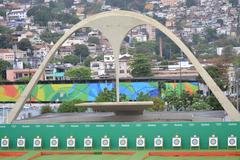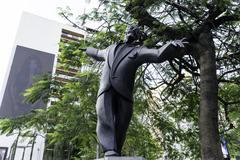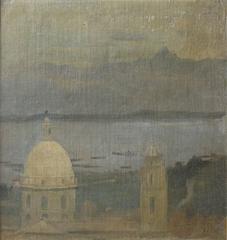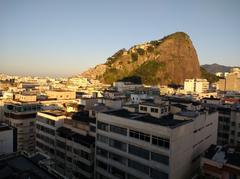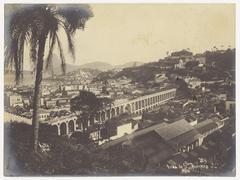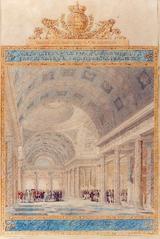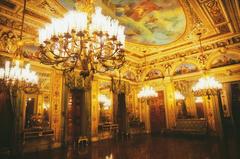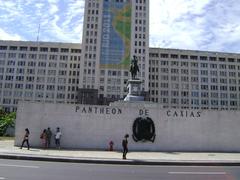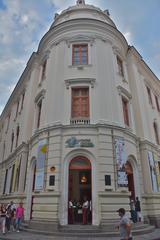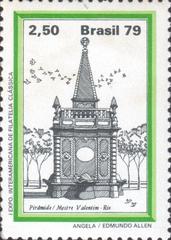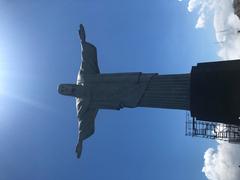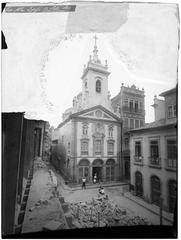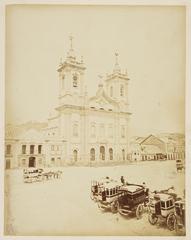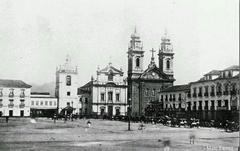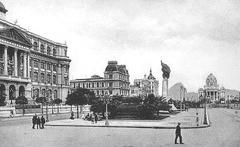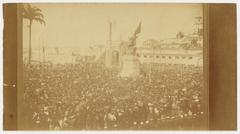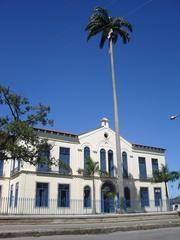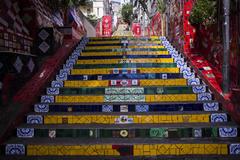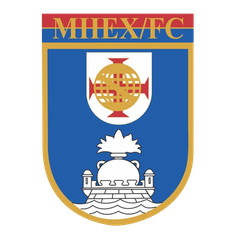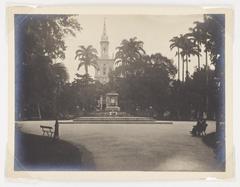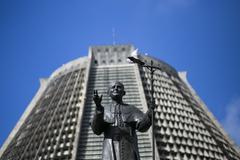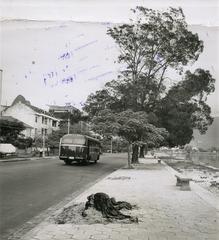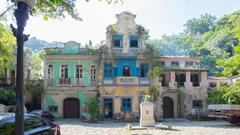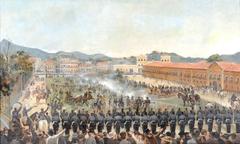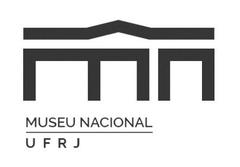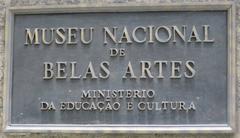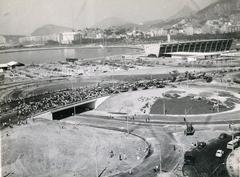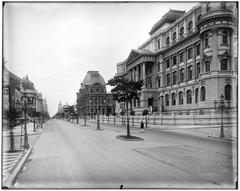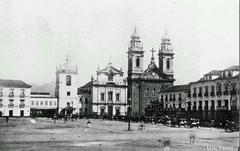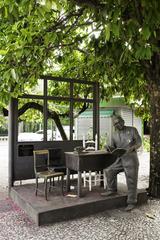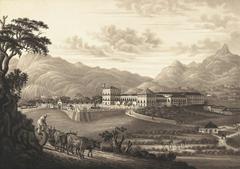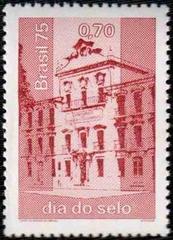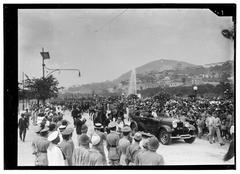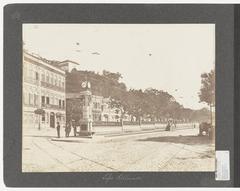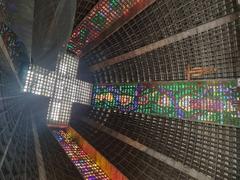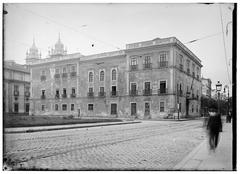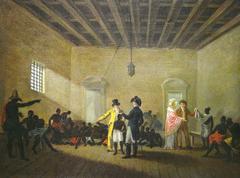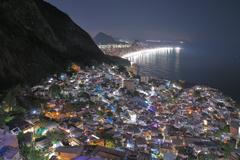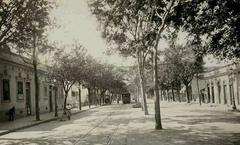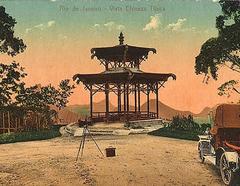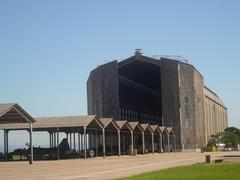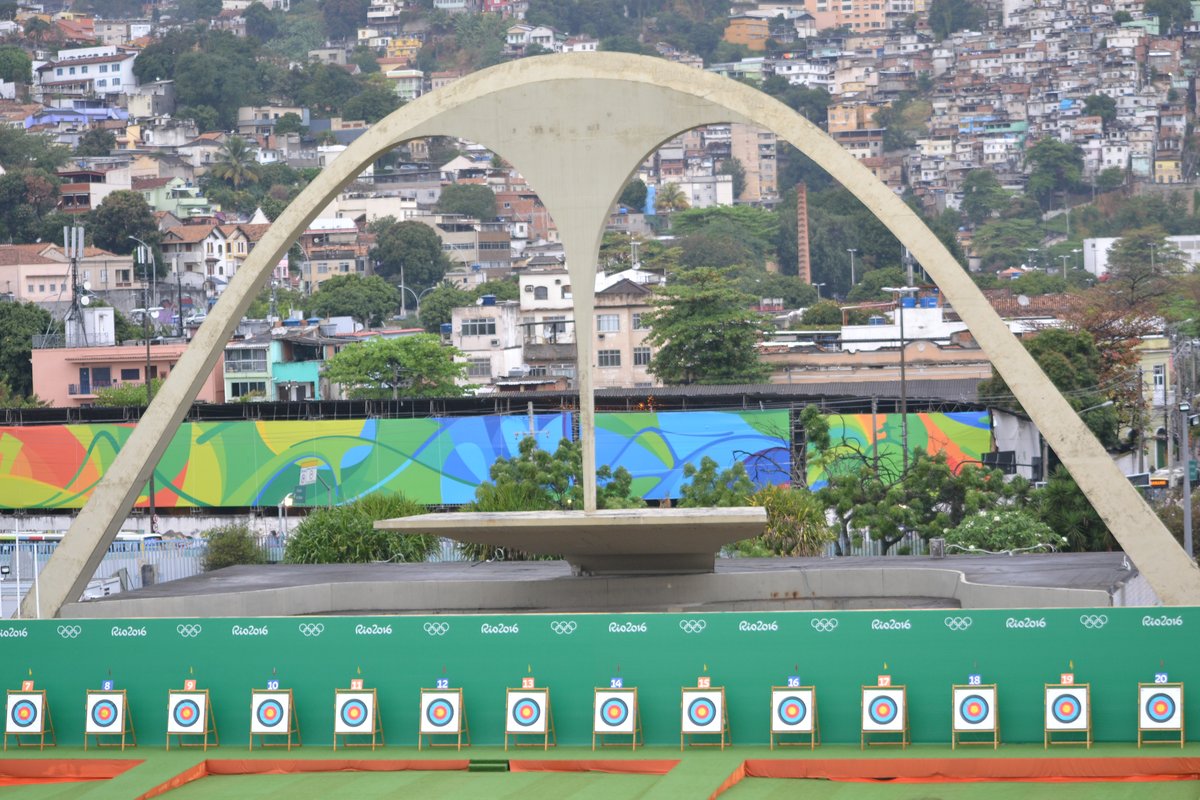
Sambódromo da Marquês de Sapucaí Visiting Hours and Tickets
Date: 18/07/2024
Introduction
The Sambódromo da Marquês de Sapucaí, widely known as the Sambadrome, stands as a monumental tribute to Brazilian culture and the vibrant spirit of Rio de Janeiro. Designed by the acclaimed architect Oscar Niemeyer and inaugurated in 1984, the Sambadrome serves as the heart of the world-renowned Rio Carnival, a celebration that draws millions of visitors each year (Rio.com). This guide delves into the historical, cultural, and social significance of the Sambadrome, providing essential information for visitors, including ticket options, visiting hours, travel tips, and nearby attractions. Whether you are planning to attend the Carnival or explore Rio’s rich cultural heritage, this comprehensive guide aims to enhance your experience and ensure a memorable visit to this iconic venue.
Table of Contents
- Introduction
- History of Sambódromo da Marquês de Sapucaí
- Cultural Significance
- Visitor Information
- Nearby Attractions
- Accessibility
- Social and Community Aspects
- Challenges and Controversies
- Future Prospects
- Frequently Asked Questions (FAQ)
- Summary
- Call to Action
History of Sambódromo da Marquês de Sapucaí
Origins and Construction
The idea for a permanent parade ground was conceived in the early 1980s by then Rio de Janeiro governor Leonel Brizola. Designed by the renowned Brazilian architect Oscar Niemeyer, construction began in 1983 and was completed in just 110 days. The Sambadrome was inaugurated on March 2, 1984, just in time for the 1984 Carnival. Spanning 700 meters along Marquês de Sapucaí Street, it features grandstands on both sides, accommodating approximately 90,000 spectators (Rio.com).
Evolution and Renovations
Since its inauguration, the Sambadrome has undergone several renovations to improve facilities and increase capacity. Significant renovations in 2011 included new grandstands and improved accessibility, increasing capacity to 72,500 seats and modernizing the infrastructure to meet international standards (Olympic.org).
Cultural Significance
The Sambadrome is not just a structure; it is the epicenter of the Rio Carnival, one of the largest and most famous carnivals in the world. The first official Rio Carnival parade took place in 1932, and it has since grown into a massive event attracting millions of visitors (Carnival.com). The Sambadrome hosts the competitive samba school parades, where schools showcase elaborate floats, costumes, and samba routines, vying for the prestigious title of Carnival Champion (RioCarnival.net).
Visitor Information
Tickets and Visiting Hours
Tickets for the Rio Carnival at the Sambadrome can be purchased online or at authorized outlets. Prices vary based on the section and day of the event. The Sambadrome is also open for guided tours year-round, typically from 9 AM to 5 PM. For the latest ticket prices and visiting hours, visit the official website (Liesa).
Travel Tips
- Best Time to Visit: While the Carnival season is the highlight, visiting off-season offers a more relaxed experience.
- Getting There: The Sambadrome is accessible via public transportation, with several bus lines and the Praça Onze metro station nearby.
- What to Bring: Comfortable shoes, sunscreen, and a hat are recommended, especially during the Carnival.
Nearby Attractions
- Maracanã Stadium: A historic football stadium located a short distance from the Sambadrome.
- Museum of Tomorrow: A science museum offering interactive exhibits on sustainability and the future.
- Selarón Steps: An iconic staircase decorated with colorful tiles, perfect for photos.
Accessibility
The Sambadrome has made significant strides in accessibility, with ramps, designated seating areas, and facilities for visitors with disabilities. The 2011 renovations greatly improved these features (Olympic.org).
Social and Community Aspects
The samba schools, which participate in the Carnival parades, are community organizations offering year-round activities such as music and dance classes, social services, and events. The preparation for the Carnival parade is a community effort, involving thousands in the creation of floats, costumes, and samba routines (SambaSchools.org).
Challenges and Controversies
Despite its significance, the Sambadrome faces challenges such as high maintenance costs and concerns over the commercialization of the Carnival. Critics argue that funds could better address social issues in Rio de Janeiro, such as poverty and crime (The Guardian).
Future Prospects
Plans for further renovations and improvements aim to enhance the visitor experience. Efforts are being made to ensure the event remains inclusive and accessible, preserving its cultural heritage while embracing modernity (RioTimes).
Frequently Asked Questions (FAQ)
- What are the Sambódromo da Marquês de Sapucaí visiting hours? The Sambadrome is open for guided tours from 9 AM to 5 PM year-round.
- Where can I buy tickets for the Rio Carnival? Tickets can be purchased online or at authorized outlets. Visit the official website for the latest information.
- Is the Sambadrome accessible for visitors with disabilities? Yes, the Sambadrome has ramps, designated seating areas, and other facilities to accommodate visitors with disabilities.
Summary
The Sambódromo da Marquês de Sapucaí is a landmark of immense historical, cultural, and economic significance. Its history is intertwined with the evolution of the Rio Carnival, and it continues to be a symbol of Brazilian culture and a major attraction for visitors from around the world. Plan your visit today to experience this iconic site!
Call to Action
For more information, visit the official website, download our mobile app, or follow us on social media for updates and travel tips.
